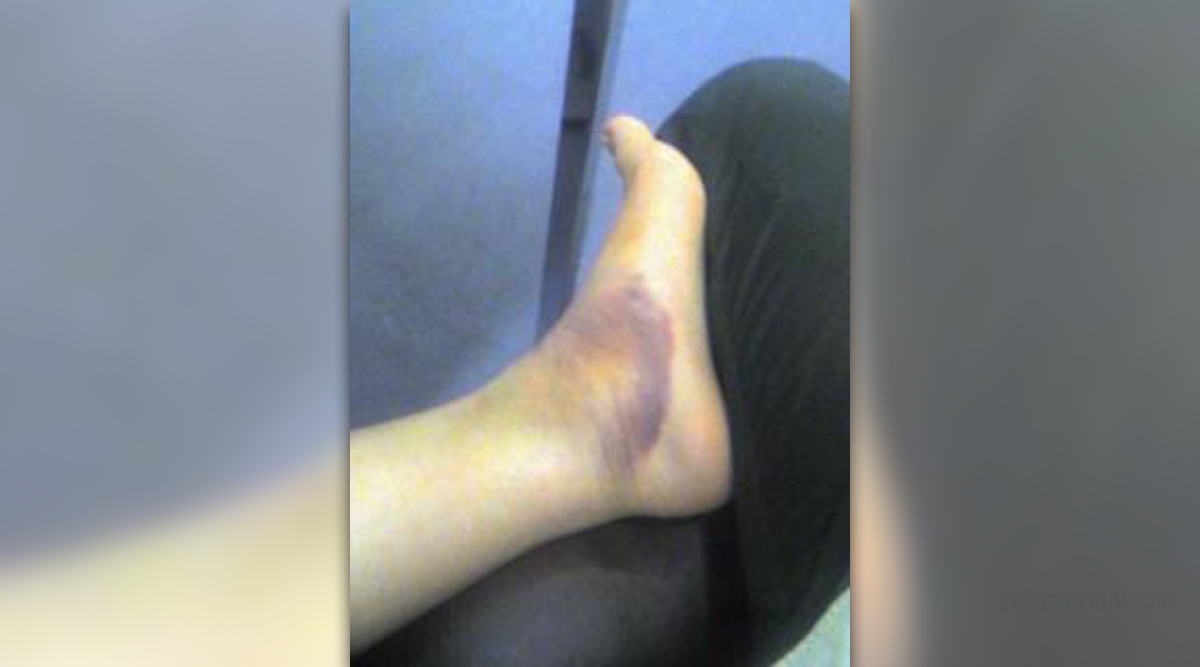
High ankle sprain signifies a specific type of ankle injury. Usually, ankle sprains or strains involve excessive stretching of the ligaments, leading to swelling and pain, as well as discomfort. With this type of injury, the ligament above the ankle, joining two bones of the lower leg, gets affected. This ligament is called syndesmotic ligament. Therefore, any injury to the syndesmotic ligament is commonly referred to as high ankle sprain, even though ankle fractures or low ankle sprains may also be behind this condition.
Signs of High Ankle Sprain
High ankle sprains may manifest through the same symptoms which usually accompany common ankle sprains. However, many patients complain of pain appearing once they rotate their ankles externally or when they press onto their calves, squeezing them. Therefore, these movements are usually applied by the doctor in order to diagnose this condition. However, numerous other tests need to be done in order to obtain information about the condition and suggest proper treatment for high ankle sprain.
Diagnosis and Treatment for High Ankle Sprain
Initially, if a doctor or a member of the medical staff suspects high ankle sprain, X-ray scans are commonly conducted in order to either rule out or confirm additional damage to nearby tissues. When relaxed, the ankle will not show signs of sprain. Therefore, the body part needs to be stressed before the scanning procedure is done. This way, any signs of high ankle sprain will be visible.
As for the treatment, this type of ankle injury does not heal as well as other types do. Therefore, many athletes and people who are into sports are afraid of this injury and do their best to avoid it. Once you seek medical treatment, your doctor will inform you whether your injury is stable or unstable. The former occurrence may be treated by placing the injured ankle in a cast for 6 weeks. Otherwise, if the injury is not stable, the treatment may involve placing a syndesmotic screw between the tibia and the fibula, keeping them in position until the ligament recovers completely. The screw remains in the body for about 3 months and patients should not use the injured leg for walking during this period. Some doctors remove the screw surgically, while others allow it to get broken once the patient starts walking. So, consulting with your doctor regarding the matter is the best possible step. Getting adequately informed will help you greatly during your recovery period.

















Your thoughts on this
Loading...